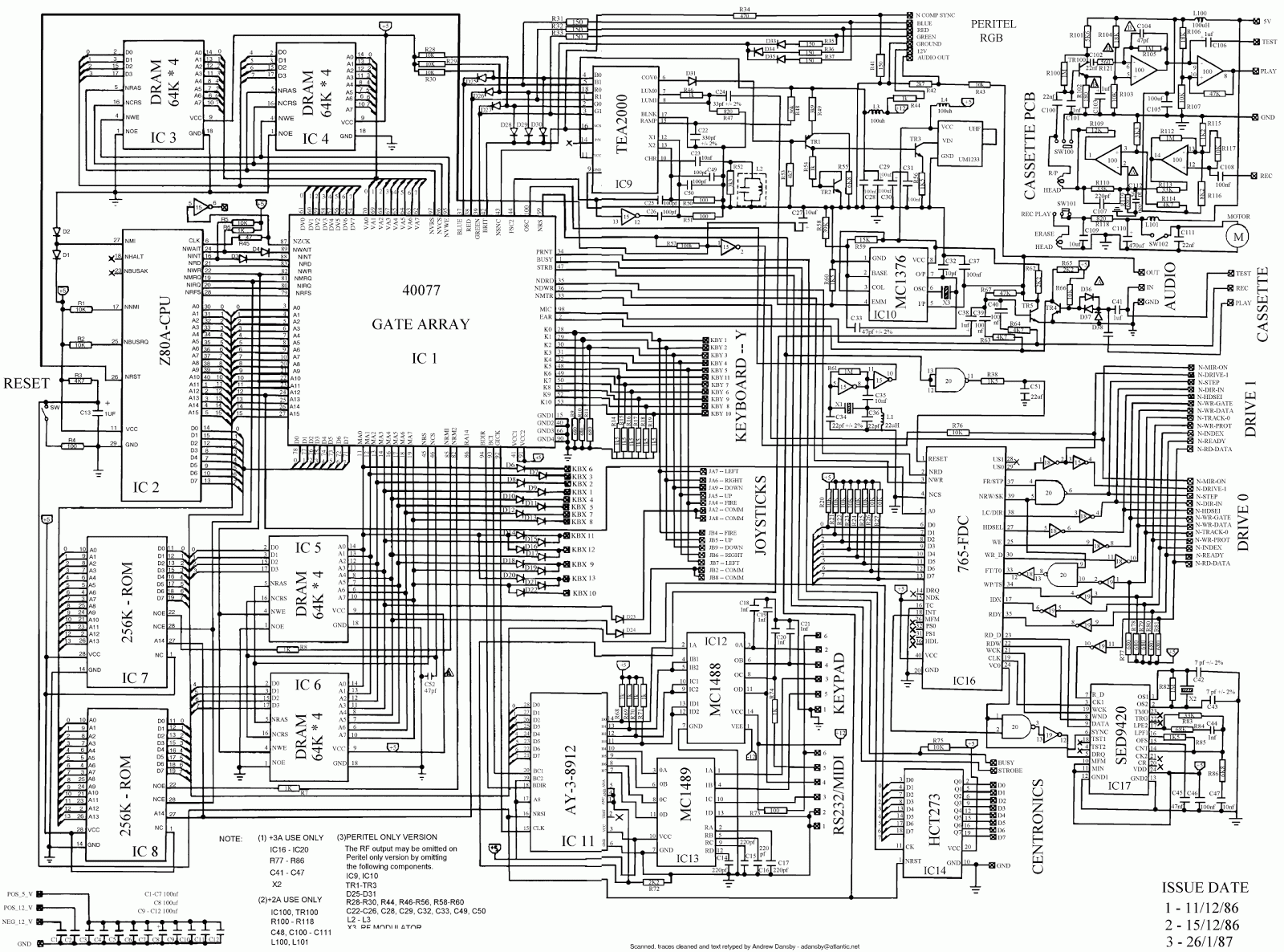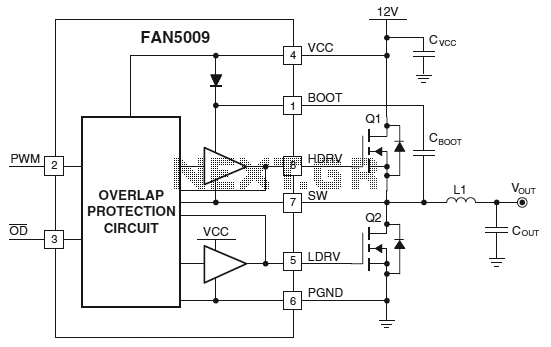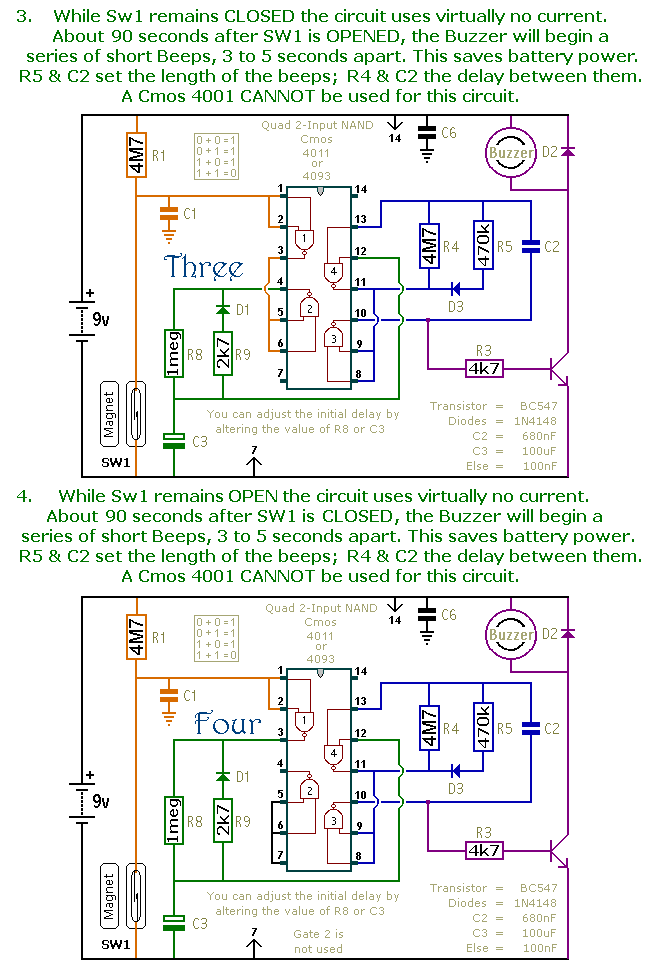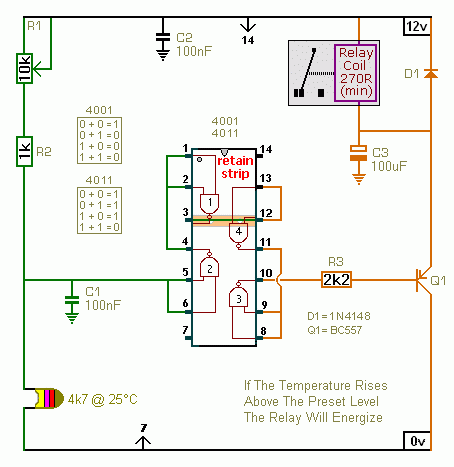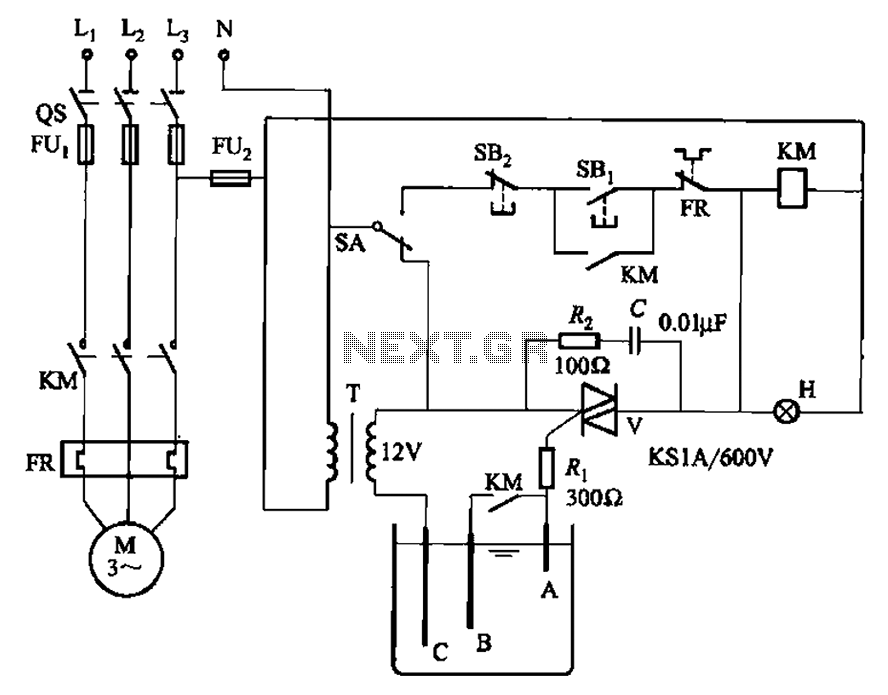
Pinball MAGNETISM circuits

It was observed that balls were becoming lodged in the ball trough, failing to load into an upkicker or not resting correctly on the trough ball microswitches or optos, which caused the machine to register a missing ball. Initially, there were concerns that the ball trough had developed pitting. The angle of the ball trough was also briefly considered, as a slight adjustment allowed the balls to roll down as intended. It soon became clear that the balls were magnetized, causing them to attract each other with a force greater than gravity, or simply sticking to the metal ball trough. This issue did not occur with every game; it was particularly problematic when certain balls landed next to other magnetized balls or aligned with matching or opposing magnetic polarities. This misalignment caused the pinballs to not rest properly on the microswitches in the ball trough, as the top ball was pushed back up the trough by approximately one centimeter. A magnetic field can be represented by lines of induction or flux lines/dipoles, which are invisible and produced by magnetized materials or electrical currents. Magnetic flux is measured in Gauss (G), named after Carl Friedrich Gauss, an early researcher in magnetism. Magnetic objects are surrounded by a magnetic field, and some devices can detect this field, providing information about its direction, polarity, and strength. Using magnetic flux paper or pole sensor foil can visually indicate magnetized pinballs, although this method lacks precision. A polarity indicator test magnet only detects polarity on pinballs that are significantly magnetized, around 30 Gauss. Electronic readings from a Gaussmeter provide a precise measurement of the magnetic force in Gauss and indicate north and south polarity, which is challenging to determine with spherical pinballs. Gaussmeters measure the strength and polarity of a magnetic field using a Hall effect device, which generates a small electrical current when exposed to a magnetic field. This current is amplified by electronic circuitry, and a meter displays the Gauss value. To accurately measure the strength of a magnet or the magnetic field of a pinball, a Gaussmeter, also known as a magnetometer, can be purchased. These devices can be difficult to find and relatively expensive, although they are precise and calibrated. A hand-held Gaussmeter was constructed for measuring the polarity and strength of a magnetic field, utilizing a Hall effect device and op-amps sourced from RS Components. Two versions of this Gaussmeter were developed, each using different Hall effect ICs. The first version was more sensitive, while the second was designed for larger Gauss readings. One unit exhibited a voltage difference of 7.5 millivolts per Gauss, with a range of 400 Gauss, while the other displayed a difference of 25 millivolts per Gauss, making it more sensitive to smaller magnetic forces. The more sensitive version was selected for the hand-held Gaussmeter. To create this device, a variation of the circuit was built, as the Hall effect IC from RS required an optimal voltage of over 8 volts rather than 5 volts. A 7809, 9V voltage regulator was employed. The more sensitive Hall effect IC, which registered a deflection of 25 millivolts per Gauss (RS Components Hall effect sensor part number: SS94A1F), was utilized, and filtering capacitors were incorporated to smooth the signals. The unit is powered by a 9V battery and housed in a compact project case, with the Hall effect IC positioned under a pinball-sized opening in the case. This design facilitates easy rotation of the pinball to determine the optimal strength and polarity of the magnetism.
The design and construction of the hand-held Gaussmeter involve several key components and considerations. The Hall effect device is the primary sensor, capable of detecting the presence and strength of a magnetic field. The choice of op-amps is crucial, as they amplify the small voltage signal generated by the Hall effect device, ensuring that even minor magnetic fields can be accurately measured. The voltage regulator ensures that the Hall effect device operates within its optimal voltage range, enhancing the accuracy of the readings.
The project case should be designed to allow easy access to the Hall effect sensor while providing protection for the internal components. The inclusion of filtering capacitors is essential for reducing noise in the signal, which can lead to inaccurate measurements. Calibration of the Gaussmeter is also an important step to ensure that the readings are accurate across the entire range of expected magnetic field strengths.
In practical applications, the hand-held Gaussmeter can be utilized not only in pinball machines but also in various fields where magnetic field strength and polarity are of interest, such as electronics, materials science, and even healthcare. The ability to easily measure and visualize magnetic fields can aid in troubleshooting and optimizing devices that rely on magnetic components. Overall, the design and functionality of the Gaussmeter exemplify the intersection of practical engineering and theoretical physics in the realm of magnetism.Had noticed balls getting stuck in the ball trough, not loading into an upkicker or not sitting directly on trough ball microswitches/optos, causing the machine to think a ball was missing. My first thoughts were that the ball trough itself had become pitted . I also doubted the angle of the ball trough for a moment, as a slight adjustment allowed the balls to roll down normally.
It then became apparent that the balls were magnetised and pulling together stronger than the force of gravity, or simply sticking to the metal ball trough. This did not happen for every game; only when certain balls landed in the trough next to other magnetised balls and also when they randomly lined up with magnetic polarity matching or opposing.
This would cause the pinballs to not line up with the microswitches in the ball trough, as they were pushing the top ball back up the trough by about a centimetre. A magnetic field can be represented by lines of induction or flux lines/dipoles. These lines are invisible and are produced by magnetized material or by electrical currents. Magnetic flux measured in Gauss (G) It is named after Carl Friedrich Gauss, an early researcher in the field of magnetism.
Magnetic objects are surrounded by a magnetic field. Some devices can detect this field and also give information about the direction/polarity of the field and even its strength. Show on magnetic flux paper/pole sensor foil gives a good visual indication of magnetised pinballs, although not very precise (see the picture & the video below).
Polarity indicator test magnet only indicates polarity on pinballs that are quite heavily magnetised, i. e. ~30 gauss. Electronic indication from a gaussmeter gives an electronic reading that equates to an actual magnetic force in Gauss.
Also indicates north & south polarity, which is difficult otherwise with a spherical pinball. Very precise although home made units may not be calibrated. Gaussmeters are used to measure the strength and polarity of a magnetic field. They use a electronic chip called a Hall effect device, which gives off a tiny electrical current when exposed to a magnetic field. The current is amplified with electronic circuitry and a meter shows the number of gauss (the units of magnetic field strength).
To find out how strong a magnet - or the strength of the magnetic field of a particular pinball - really is, you can purchase a Gaussmeter (also known as a magnetometer). These can be pretty difficult to find and relatively expensive, although they are precise and calibrated.
I built a hand-held Gaussmeter for measuring the polarity and strength of a magnetic field. It uses a Hall effect device and some op-amps from RS Components. I built two versions of these gaussmeters, each with different Hall effect ICs. The first was more sensitive than the other and the second one was designed to measure larger gauss readings. One Gaussmeter showed a difference in measured voltage of 7. 5 millivolts per gauss, with a range of 400 gauss. The other displayed a difference of 25 millivolts per gauss and is therefore more sensitive to smaller magnetic forces.
It was this version that I chose to use in a hand held gaussmeter To make a hand held pinball gaussmeter I built a variation of this circuit, due to the fact that the Hall effect IC I got from RS operates on an optimum voltage of over 8 volts, not 5 volts. So, a 7809, 9v voltage regulator was used. A more sensitive Hall effect IC was used, reading a deflection of 25 millivolts per gauss. (RS Components Hall effect sensor part number: SS94A1F ) and filtering capacitors were added to smooth the signals.
This unit to be powered by a 9V battery, housed in a small project case. The hall effect IC can then sit under a near-pinball sized hole in the case. This makes the unit easy to rotate the pinball to find optimum magnetism strength and polarity, whilst also being p 🔗 External reference
The design and construction of the hand-held Gaussmeter involve several key components and considerations. The Hall effect device is the primary sensor, capable of detecting the presence and strength of a magnetic field. The choice of op-amps is crucial, as they amplify the small voltage signal generated by the Hall effect device, ensuring that even minor magnetic fields can be accurately measured. The voltage regulator ensures that the Hall effect device operates within its optimal voltage range, enhancing the accuracy of the readings.
The project case should be designed to allow easy access to the Hall effect sensor while providing protection for the internal components. The inclusion of filtering capacitors is essential for reducing noise in the signal, which can lead to inaccurate measurements. Calibration of the Gaussmeter is also an important step to ensure that the readings are accurate across the entire range of expected magnetic field strengths.
In practical applications, the hand-held Gaussmeter can be utilized not only in pinball machines but also in various fields where magnetic field strength and polarity are of interest, such as electronics, materials science, and even healthcare. The ability to easily measure and visualize magnetic fields can aid in troubleshooting and optimizing devices that rely on magnetic components. Overall, the design and functionality of the Gaussmeter exemplify the intersection of practical engineering and theoretical physics in the realm of magnetism.Had noticed balls getting stuck in the ball trough, not loading into an upkicker or not sitting directly on trough ball microswitches/optos, causing the machine to think a ball was missing. My first thoughts were that the ball trough itself had become pitted . I also doubted the angle of the ball trough for a moment, as a slight adjustment allowed the balls to roll down normally.
It then became apparent that the balls were magnetised and pulling together stronger than the force of gravity, or simply sticking to the metal ball trough. This did not happen for every game; only when certain balls landed in the trough next to other magnetised balls and also when they randomly lined up with magnetic polarity matching or opposing.
This would cause the pinballs to not line up with the microswitches in the ball trough, as they were pushing the top ball back up the trough by about a centimetre. A magnetic field can be represented by lines of induction or flux lines/dipoles. These lines are invisible and are produced by magnetized material or by electrical currents. Magnetic flux measured in Gauss (G) It is named after Carl Friedrich Gauss, an early researcher in the field of magnetism.
Magnetic objects are surrounded by a magnetic field. Some devices can detect this field and also give information about the direction/polarity of the field and even its strength. Show on magnetic flux paper/pole sensor foil gives a good visual indication of magnetised pinballs, although not very precise (see the picture & the video below).
Polarity indicator test magnet only indicates polarity on pinballs that are quite heavily magnetised, i. e. ~30 gauss. Electronic indication from a gaussmeter gives an electronic reading that equates to an actual magnetic force in Gauss.
Also indicates north & south polarity, which is difficult otherwise with a spherical pinball. Very precise although home made units may not be calibrated. Gaussmeters are used to measure the strength and polarity of a magnetic field. They use a electronic chip called a Hall effect device, which gives off a tiny electrical current when exposed to a magnetic field. The current is amplified with electronic circuitry and a meter shows the number of gauss (the units of magnetic field strength).
To find out how strong a magnet - or the strength of the magnetic field of a particular pinball - really is, you can purchase a Gaussmeter (also known as a magnetometer). These can be pretty difficult to find and relatively expensive, although they are precise and calibrated.
I built a hand-held Gaussmeter for measuring the polarity and strength of a magnetic field. It uses a Hall effect device and some op-amps from RS Components. I built two versions of these gaussmeters, each with different Hall effect ICs. The first was more sensitive than the other and the second one was designed to measure larger gauss readings. One Gaussmeter showed a difference in measured voltage of 7. 5 millivolts per gauss, with a range of 400 gauss. The other displayed a difference of 25 millivolts per gauss and is therefore more sensitive to smaller magnetic forces.
It was this version that I chose to use in a hand held gaussmeter To make a hand held pinball gaussmeter I built a variation of this circuit, due to the fact that the Hall effect IC I got from RS operates on an optimum voltage of over 8 volts, not 5 volts. So, a 7809, 9v voltage regulator was used. A more sensitive Hall effect IC was used, reading a deflection of 25 millivolts per gauss. (RS Components Hall effect sensor part number: SS94A1F ) and filtering capacitors were added to smooth the signals.
This unit to be powered by a 9V battery, housed in a small project case. The hall effect IC can then sit under a near-pinball sized hole in the case. This makes the unit easy to rotate the pinball to find optimum magnetism strength and polarity, whilst also being p 🔗 External reference
